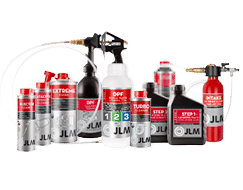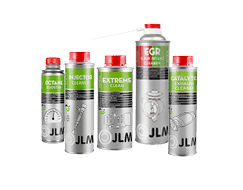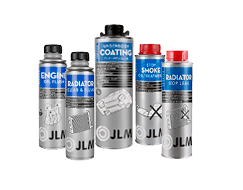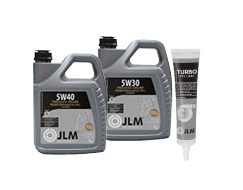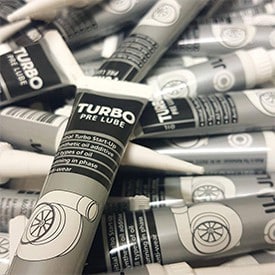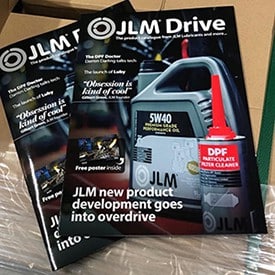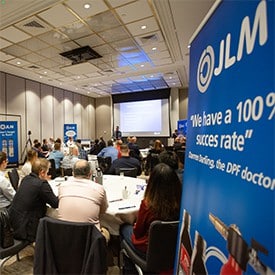ProductS
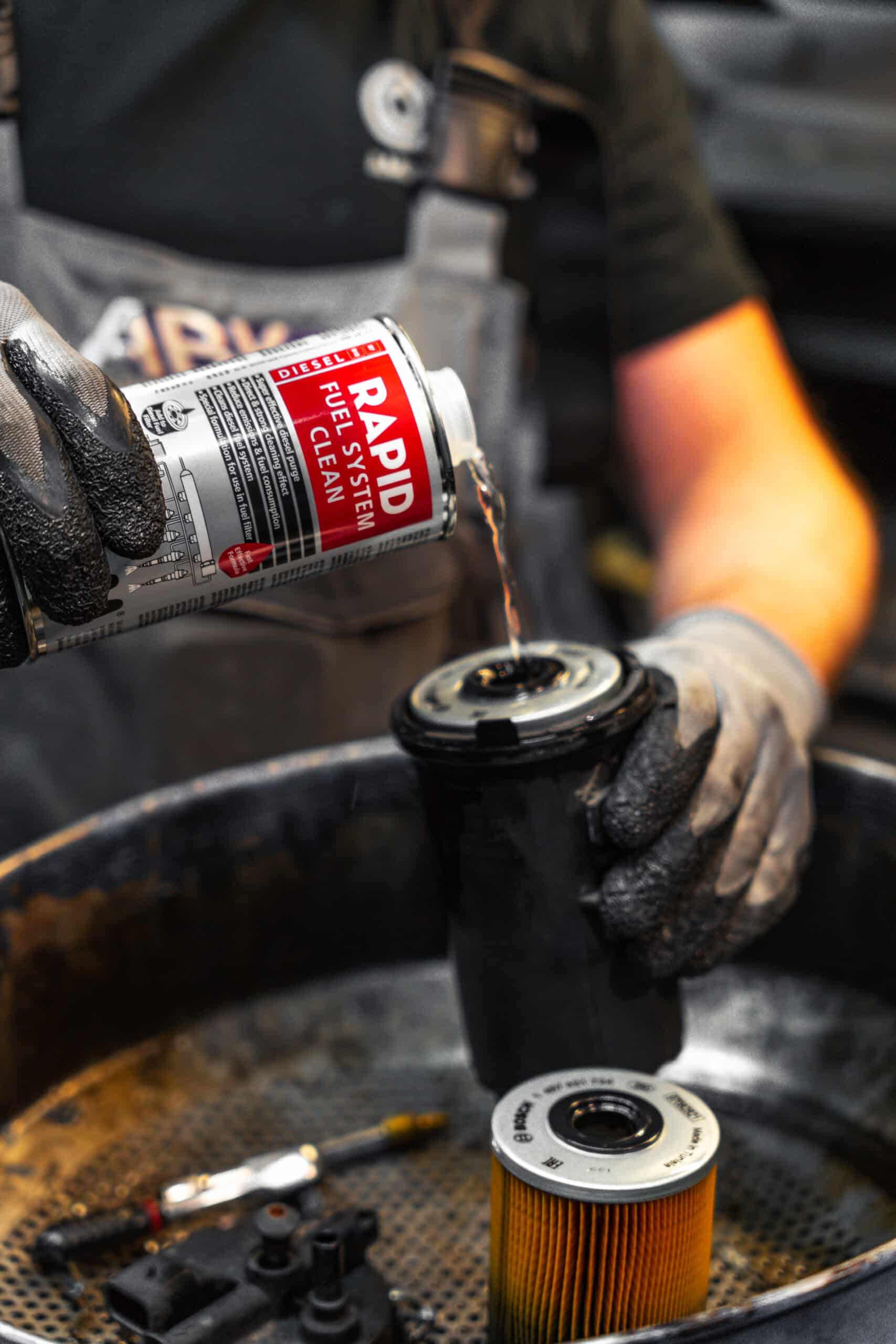
ABOUT US
Founded in 2010, JLM Lubricants is a global additives and lubricants brand that designs, develops and manufactures a wide range of premium products for the automotive industry.
JLM-Lubricants additives are mainly developed for the professional car mechanic who is increasingly dealing with electronic diagnoses and error messages from the electronics in the modern car.
Become a
JLM distributor
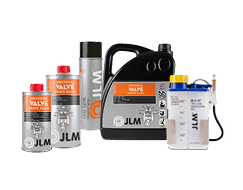
JLM products are available in over 40 countries! Our trade trusted product range is distributed through our distributor network. Each distributor supplies to professional automotive aftermarket stockists who in turn supply to the professional motor trade and to the consumer. Some distributors have their own online shop selling JLM products too.

